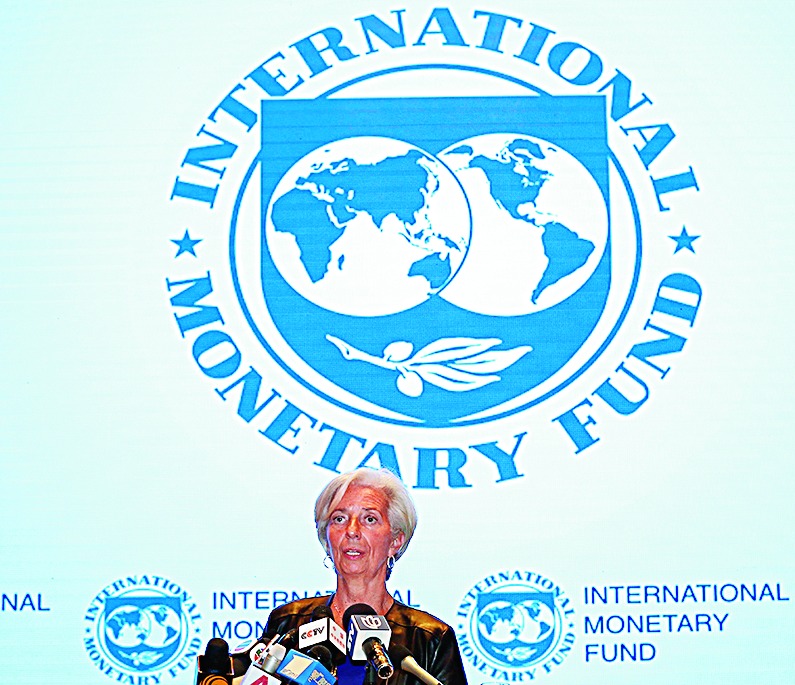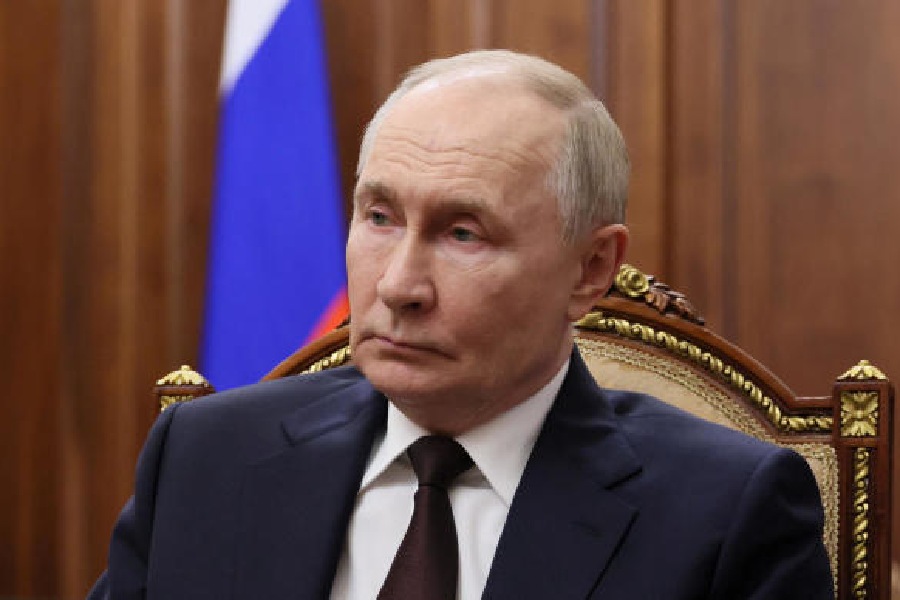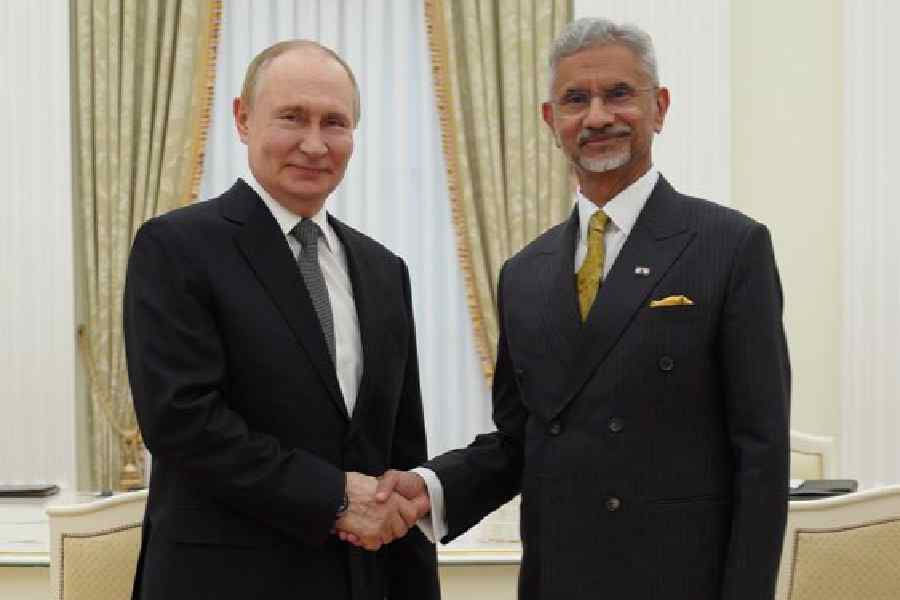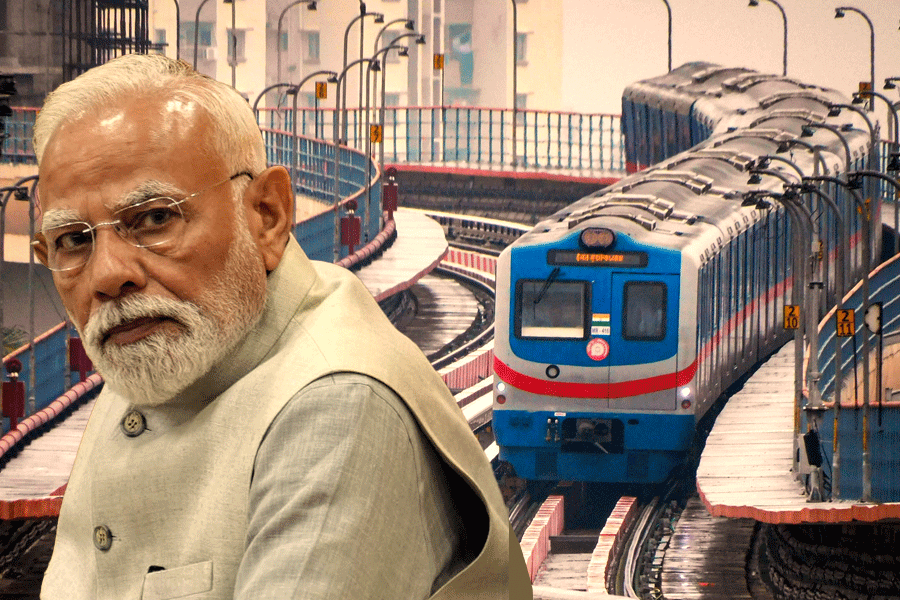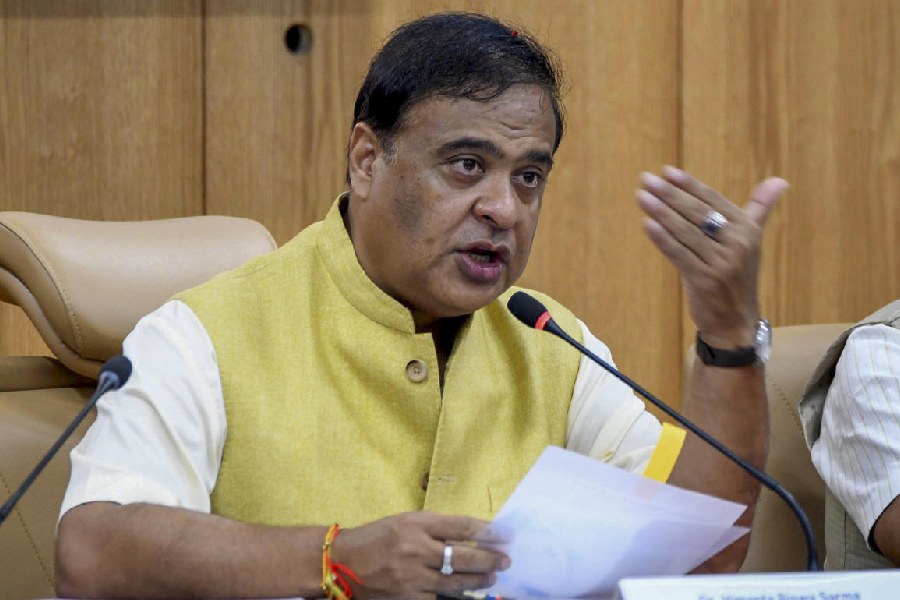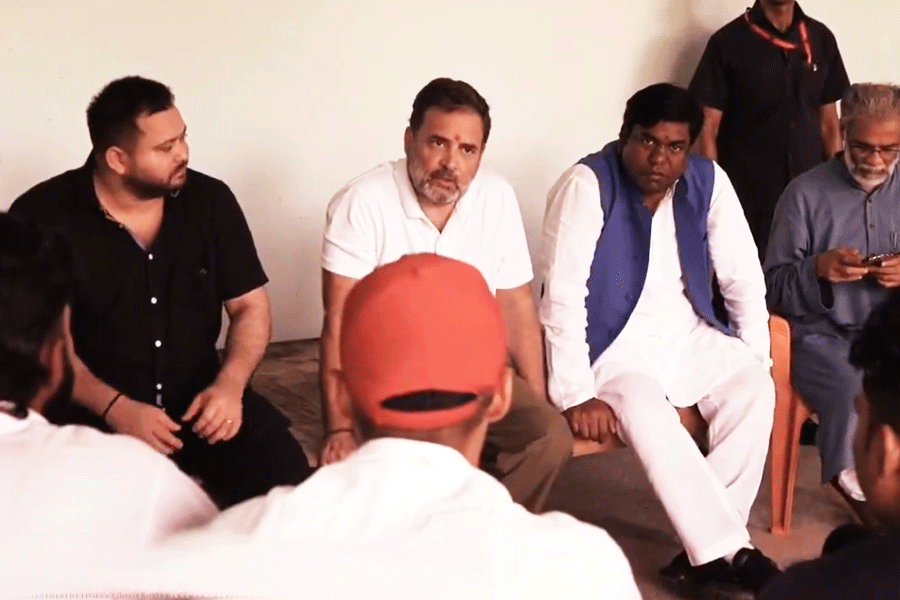 |
| Flyover from Park Circus towards Rabindra Sadan |
Indian cities, when they’re attempting to give themselves a facelift, and to send out a message that they’re reinventing themselves, inevitably have recourse to constructing flyovers. Yes, shopping malls, multiplexes, and especially international airports increasingly perform the same function: of heralding the fact that the city is prospering, or is expecting an imminent boom. But, traditionally, the sudden elevation created by a new flyover is a message that the economy is similarly spiking.
Flyovers are never entirely uncontroversial in our cities: mainly because they’re associated with kickbacks. A new one indicates that a deal has been made, that bribery is clearly involved, and someone’s pocket is suddenly heavier. The other reason for their being greeted with resentment is that they often run through not suburban spaces, but congested areas that are an organic combination of shops, residential houses, and office buildings: neighbourhoods with an identity that the flyover will now intrude on. It’s because these areas are congested that the flyover is built in the first place — what you’re ‘flying over’ is the resistance of the city. But the consequence of these constructions is that they alter a known topography permanently. As if in response to this, there’s a deep disengagement among Indian city-dwellers from the flyover as a part of the city’s evolution; it’s as if it’s literally fallen from above, and, long-term though it may be, is seen to be perennially extraneous to the thoroughfares and junctions it looms above. It is parasitic in some paradoxical, privileged way; of the city, but foreign to it. This might explain why city photographers in Calcutta, say, seem to have recorded so relatively little of the change that the emergence of a flyover brings about.
Calcutta, of course, has been famous for being a place where nothing, generally, happens. Yet, in the last two decades, construction has quickened, in a sort of mimicry of change. There are, now, as we well know, malls, multiplexes, an immense new international airport which, until recently, was always to open next month — but, before all these, in the early noughties, there were two flyovers. They suggested that, even in a city in which nothing happens, things will happen in the time of globalization.
The second one, which I somehow think of as the first new flyover, came up in 2003 above a long stretch of Lower Circular Road, connecting the Park Circus roundabout in the South East to the racecourse in the South West. Everyone was impressed by how easily they could now escape the traffic, but, gradually, people began to puzzle over why anyone should want to journey urgently from Park Circus to the racecourse. A conspiracy theory came up — involving the government, inevitably. Buddhadeb Bhattacharjee lives on Broad Street, south of Park Circus; and the government offices are in the Writers’ Buildings, north of the racecourse. According to the theory, the flyover was built for the convenience of Bhattacharjee’s morning and evening travel. Nevertheless, the long, horizontal, hovering structure brought a new weather to Lower Circular Road, sunless, faux cloudy, not undesirable in a hot city. Above, on the flyover itself, the road below was an irrelevance. The city could now be viewed in a succession of vantage-points that, from Park Circus to the racecourse, related you to it in an odd unspooling of distance and proximity.
As a result, domes of colonial buildings and balustrades and cornices of rooftops that you hadn’t noticed in the thick of things below are now suddenly near, if momentary; Lansdowne and S.P. Mukherjee Roads, which cut across Lower Circular Road at right angles, become clarified for the populous vistas they are. Calcutta, from the flyover, has the remote, retrospective air of the historic ‘old town’ section of a metropolis: at once palatable and superannuated. In the reverse direction, you first swoop up till you’re almost contiguous to and parallel with the dark angel on top of Victoria Memorial in the distance, then shoot past the top of Rabindra Sadan, with buildings that must have seemed unnervingly contemporary in the seventies, then the art cinema, Nandan, with the merged Bengali letters of the name floating like a single hieroglyph just below eye-level, then an indescribably brown office building probably from the seventies, a sign proclaiming LA MARTINIERE SCHOOL FOR GIRLS, an old people’s home with a Madonna bent over nobody apparently, her mercy only meant for your brief passage, then the watered expanses of Minto Park before the Belle Vue Hospital, my daughter’s birthplace — all these instances of the city’s frozen decline and obstinate fresh beginnings, of your own splintered memories and the city’s terminated histories, its provenances, its multiplicity of faiths and vocations, rulers and subjects, present themselves fleetingly, interspersed with cameos of dailiness: the houses with verandahs, grilles, and flower pots. Never have you floated so close to these existences, and never will, until you take the route again.
The other flyover, running over Gariahat and its teeming avenue by the market since 2002, and descending in front of the surreal and impeccably painted Ramakrishna Mission and the statue of Swami Vivekananda, is shorter in distance and duration. Underneath, like curious varieties of life that either embrace the shade or flower only against the glow of artificial light, a multiplicity of settlements, from fractious destitute families surrounded by all their belongings to men absorbed, each evening, in carrom or chess, transpire and congregate at different points of what was the old road, both invisible and in some fundamental sense unknowable to those passing above. Those gathered below are vaguely but constantly aware of the people zipping by on the flyover, as one might be subconsciously sensible of the weather; but those on the flyover are unconscious of any life except what they glimpse and piece together from fragments. As with the one above Lower Circular Road, the Gariahat flyover provides that sense of brief transit through a wave of lives unfolding discreetly (potted plants, curved art deco balconies), the unexpectedly abandoned decades (a tall building, unpainted and unoccupied, many of its glass panes shattered), and shops long heard of but never visited except by aunts and mothers, whose giant signs (TRADERS ASSEMBLY) rush past you like symbols whose individual elements mean nothing, fading quickly. There is no equivalent you know for this elsewhere in the world, or in other epochs — the trams that pass within a hair’s breadth of people voraciously eating pasta at tables in Rome, in the narrow neighbourhoods of Fellini’s Roma and Amarcord, are analogous, but not exactly. You can’t stop or tarry on a flyover to admire the vistas or to double-check your location in relation to the older criss-crossings of roads and junctions below; I once tried, and almost precipitated a traffic disaster. Instead, you must idly watch these half-known scenes flash repeatedly, till, one day, you (temporarily) stop noticing them.

